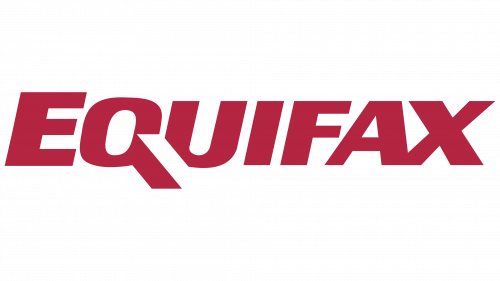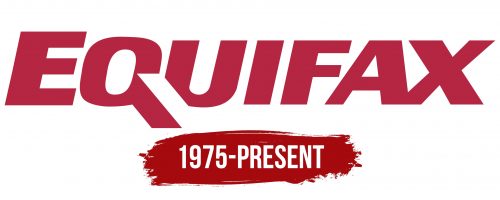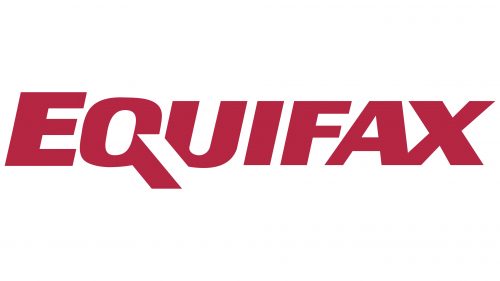The Equifax logo is designed in a modern and businesslike style, reflecting the company’s professionalism. The emblem’s symbols convey an official tone, evoking associations with documents, information exchange, and strict corporate standards. This design emphasizes the importance of confidentiality and reliable data protection managed by the credit expert. The logo communicates a serious approach to handling confidential information, demonstrating the high responsibility characteristic of the company in its role as a leader in the credit services market.
Equifax: Brand overview
Equifax’s history began in 1899, when brothers Cator and Guy Wolford founded the Retail Credit Company in Atlanta, Georgia. Initially, the business focused on collecting credit data for local merchants, becoming one of the early pioneers in the credit reporting industry.
The company rapidly expanded in the early 20th century, establishing offices across the U.S. and Canada. By 1920, the Retail Credit Company had 37 offices; by 1930, that number grew to 85. The organization also broadened its services to include insurance risk reporting.
The 1960s brought significant changes. In 1962, Retail Credit Company was listed on the New York Stock Exchange, giving it the capital needed for further growth. However, by the late 1960s, the company faced criticism over its data collection practices. This led to the passing of the Fair Credit Reporting Act in 1970, which protected consumers and set strict rules for credit bureaus.
1975, the company rebranded to reflect its commitment to fairness and accuracy.
The 1980s marked a period of technological advancement for the firm, which invested heavily in computer systems to automate data processing. In 1989, it launched its first online credit reporting service.
Throughout the 1990s, the company continued its global expansion, entering European and Latin American markets through acquisitions and partnerships. It also began offering services directly to consumers rather than exclusively to businesses.
As the 2000s began, the organization expanded its offerings to include marketing tools, risk management, and fraud protection. In 2001, it launched its first consumer website, allowing users to access credit reports instantly.
2007, the company acquired TALX Corporation, boosting its employment and income verification services capabilities.
During the 2010s, growth and innovation continued with a focus on enhancing analytics and expanding product offerings. However, 2017 proved to be a challenging year. In September, the company announced a data breach that affected approximately 147 million customers. The breach had significant financial and legal consequences, leading to a major overhaul in its cybersecurity measures.
Following the breach, the company invested over $1.25 billion to upgrade its security systems and regain consumer trust. By 2018 and 2019, new products were introduced to protect consumer data and improve transparency.
In 2020 and 2021, the company continued to enhance its digital technology and analytics capabilities, investing in artificial intelligence and cloud computing. In 2022, it acquired Efficient Hire, a company specializing in digital hiring and workforce verification solutions, further strengthening its position in workforce management services.
As of 2023, the organization remains one of the largest credit bureaus globally, offering various services in credit reporting, data analytics, and risk management. The focus remains on improving its reputation and maintaining a strong presence in the financial services sector.
Over its 120-year history, the company has evolved from a small credit reporting agency into a global leader in information solutions, adapting to technological changes and market demands while overcoming significant challenges.
Meaning and History
What is Equifax?
This is one of the three (Together with Experian and TransUnion) largest credit reporting companies in the United States, playing a key role in the financial well-being of millions of individuals and businesses. The company collects and updates vast amounts of data, including payment histories, credit usage, and public records, making it an essential source of information for lending decisions. These reports and credit scores can impact everything from credit card approvals to mortgage applications. In addition to credit reporting, the organization provides business solutions for fraud prevention, employment verification, and marketing analytics. Operating internationally, the company has a significant impact on global credit markets. While it remains an “invisible” player to many, its influence on financial transactions is immense.
1975 – today
The Equifax emblem looks simple, but it holds a deep meaning connected to the company’s history and its role in the market. The logo consists of a single word — the brand name, written in a burgundy color that draws attention. But the most interesting part is the letter “Q,” which stands out among the others. It resembles a sort of portal or gateway through which the flow of information occurs, perfectly representing the essence of the company’s activities. The company collects, processes, and transmits data, so the idea of information exchange is right in front of our eyes.
Particularly intriguing is the solution with the side glyph inside the letter “Q.” It is complemented by a white element that creates the effect of a two-way flow as if the information is entering the company and coming back out. This perfectly reflects the process: data from banks and other credit organizations is provided upon request to assess customers’ credit history. Visually, this conveys the system’s operation.
The visual symbol, as a whole, represents reliability and trust, which is critical for a company that handles sensitive financial information. The bold font with capital letters hints at the strength and confidence of the company as a leader in its field. It is a mark of authority and responsibility toward customers.
The red color used for the text also has its significance. It adds dynamism and energy, highlighting that the company isn’t standing still but constantly moving forward, developing new technologies, and improving customer service. This shade symbolizes confidence and determination, conveying the brand’s drive to help businesses and consumers make informed decisions based on data.
In the 1990s, when technology began to develop rapidly, the company actively pursued data processing and exchange innovation. The red color and dynamism of the logo reflect the company’s desire to stay at the forefront of technological progress and symbolize the transition to a new level — when credit history became a crucial element in the financial system, and the brand became one of the leaders in this movement.





